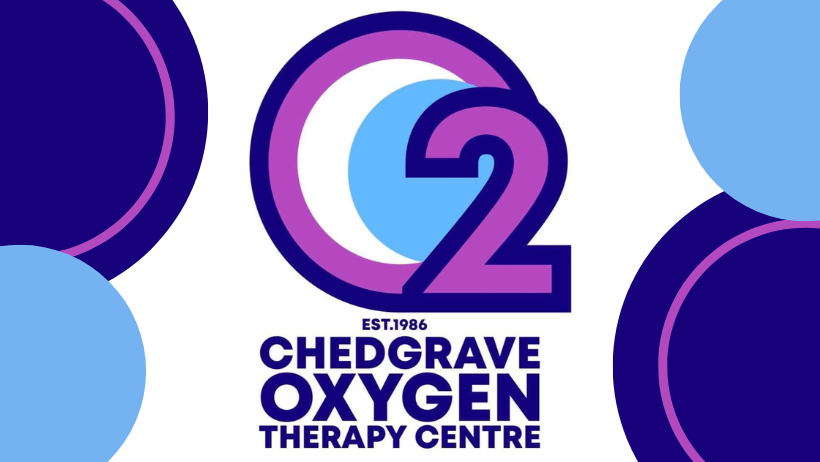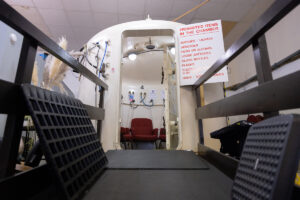Our Oxygen Therapy Centre in Norfolk has treated several people with broken bones. Although there is still some controversy as to whether hyperbaric oxygen treatment is effective, first hand experience proves to us that it definitely helps speed up the time it usually takes to heal a broken bone.
The aim is to increase the supply of oxygen to the fracture site, which theoretically should improve healing. We have had several customers who have MS and have fallen and broken bones. Where the bone is not in plaster, for instance at the shoulder, or the bone has been pinned, the results have been significant enough for fracture consultants to be impressed at the speed of healing.
Our Norfolk and Suffolk based Oxygen Therapy Centre also treats a speed-way rider who, when he breaks bones, will come in for treatment so he can get back on his bike and get earning again!
But what about other types of wounds, how can Oxygen Therapy help those?
Tissue repair, new blood vessel formation, resistance to infection and white blood cell bacterial killing are oxygen sensitive responses essential to normal wound healing. There is more information about this on this Undersea & Hyperbaric Medical Society page.
Normal wound healing proceeds through an orderly sequence of steps involving:
- Control of infection
- Decreasing the inflammatory response around the wound
- Regeneration of the normal skin tissue matrix
- New blood vessel formation
- New skin formation
Several of these steps are critically dependent upon adequate blood supply and oxygen availability. The end result of this process is sustained healing. Problem or chronic wounds are wounds that have failed to proceed through this orderly sequence of events and have failed to establish a sustained healed structure to the skin and tissues that were previously damaged under the skin.
This failure of wound healing is usually the result of one or more local wound or whole body factors inhibiting the normal tissue response to injury. These factors include persistent infection, poor blood supply, low oxygen (hypoxia) and cellular failure.
The hypoxic nature of all wounds has been demonstrated and the hypoxia, when increased (meaning even less oxygen), correlates with impaired wound healing and increased rates of wound infection. Local oxygen tensions in the vicinity of the wound are approximately half the values observed in normal, non-wounded tissue. The rate at which normal wounds heal has been shown to be oxygen dependent.
The net result of serial oxygen exposures is:
- Improved immune response
- Clearance of infection
- Enhanced tissue growth and blood vessel formation
This all leads to progressive improvement in local tissue oxygenation and healing of problem wounds.
Diabetic ulcers and blood circulation:
Diabetic ulcers are chronic, complex, or problem wounds of the legs and feet in people with diabetes. Diabetic ulcers require a healthy, oxygenated wound bed to heal. A lack of sufficient oxygen (hypoxia) in the wound bed slows or stops the normal healing process and can lead to amputation.
Oxygen helps repair wounds and enhance healing by improving blood circulation, encouraging the formation of new capillary blood vessels (angiogenesis) and supplying more oxygen to tissue in the wound bed. Oxygen also helps kill the anaerobic bacteria that cause some of the worst infections in chronic diabetic wounds.
If our Oxygen Therapy Centre, based in Norfolk (East Anglia), sounds like something you’re interested in, then click the button below:

